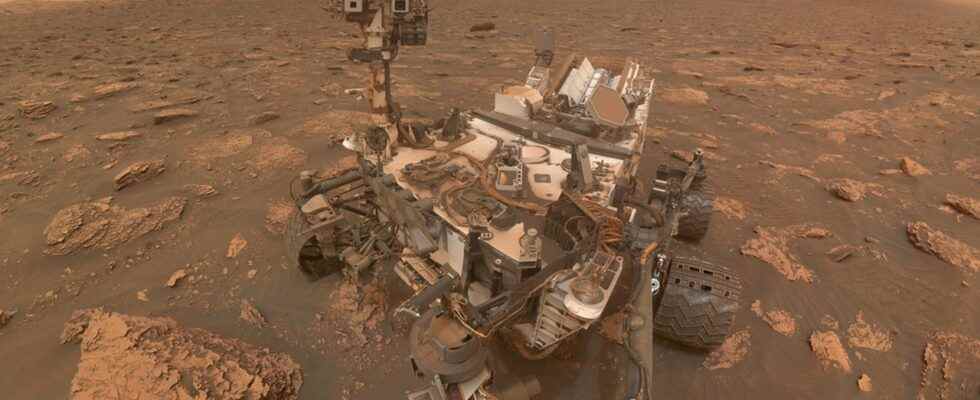NASA’s Mars rover curiositymay have found the building blocks of life on the Red Planet. Studies show that rocks collected by the rover were once on Mars may have come from wandering insects organic carbon showed that it contains.
Sediment analysis from half a dozen places, including an exposed cliff, identified an ancient carbon cycle. specimens in Australia 2.7 billion years prehistoric fossilized microbial life It is thought to have a “biological basis” similar to the remains of
Fossilized microbial life found on Mars
Carbon has two stable isotopes, 12 and 13, and their amounts open a window into its origin. “Samples based on Carbon 13 are similar to samples from 2.7 billion-year-old sediment from Australia,” said lead author of the study, Professor Christopher House, from Penn State University in the US. said.

Curiosity has been orbiting Gale Crater for over nine years, drilling below the surface and sending the results back to Earth. Gale Crater, essential raw materials for life complex organic molecules It is believed to be a deep lake that is 3.5 billion years old.
Curiosity heated the samples in an oxygen-free environment to separate the chemicals. The scans showed that some were exceptionally depleted in carbon 13, while others were enriched.

Among other plausible theories cosmic dust cloud or carbon dioxide ultraviolet radiation is located. “All three of these scenarios are unusual, unlike processes common on Earth. We are wary of commenting when examining another world.” said. But he still believes finding traces of microbial organisms could solve things.
NASA’s rover that landed on Mars last February perseverance, currently drilling Mars’ Jezero Crater—named for another ancient lake—for signs of past life. For scientists, the findings include the goal of measuring different isotopes of carbon from sediments on another habitable planet.
